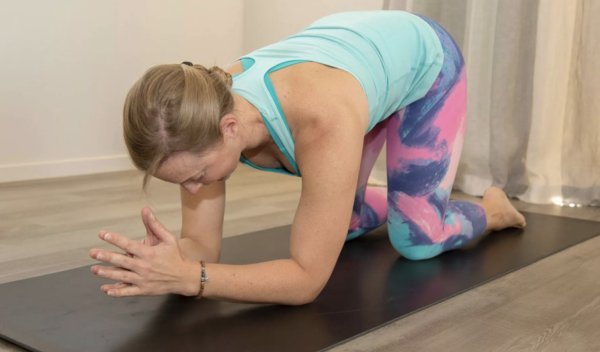Articles, In the Press, Rachel Land, Yoga Medicine® News
Yoga for Flexibility Challenge at Yoga Journal
Yoga Medicine teacher Rachel Land writes an article on strength and flexibility for the 5th week of the Yoga for Flexibility Challenge over at Yoga Journal. Check out what she has to say, including why a strong muscle doesn’t have to be a tight one.
Yoga for Flexibility Challenge Week 5: Strength Work
What Is Flexibility?
The dictionary definition of flexibility is “the quality of bending easily without breaking,” implying resilience or pliability rather than sheer depth of range. So while some yoga students aim for contortionist feats, most of us would simply like to move through our lives easily and without pain: rolling smoothly out of bed, bending over to pick something up off the floor, and twisting to reach the backseat of the car. Each body has a different potential range of motion, due to its unique bone and joint structure and proportions, so let’s define flexibility here as: The ability to move freely, without pain or restriction, through the body’s natural range of motion.
What Gets in the Way of Flexibility?
For most of us, our physical condition is, in many ways, an expression of our habits, lifestyle, and posture. Our bodies tend to “shrink-wrap” around any shape we hold for a long period of time in order to reduce the muscular effort required to stay there. We’ve all felt this resistance getting out of the car after a road trip or standing up after a day stuck behind a desk. Muscles that are asked to contract repeatedly also retain more tension at rest, which explains, for example, why runners tend to have tight hamstrings. In these ways, and more, the body adapts to the demands you place on it. So in simple terms the more you move, the more you are able to move; the less you move, the less you are able to move.













